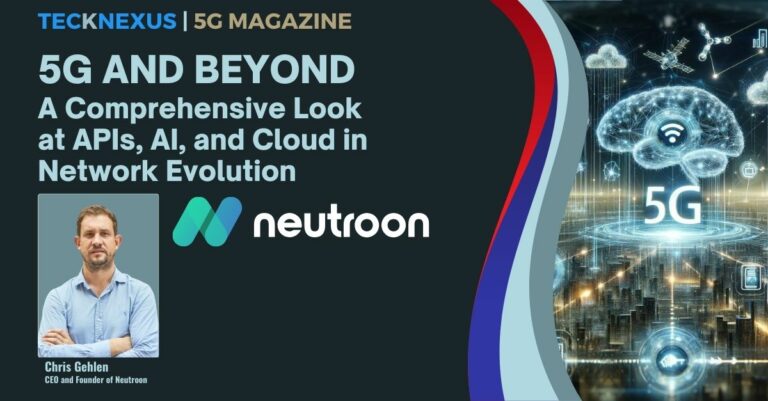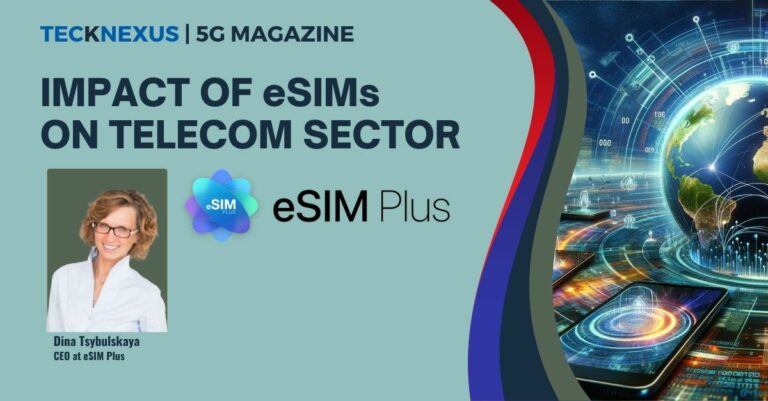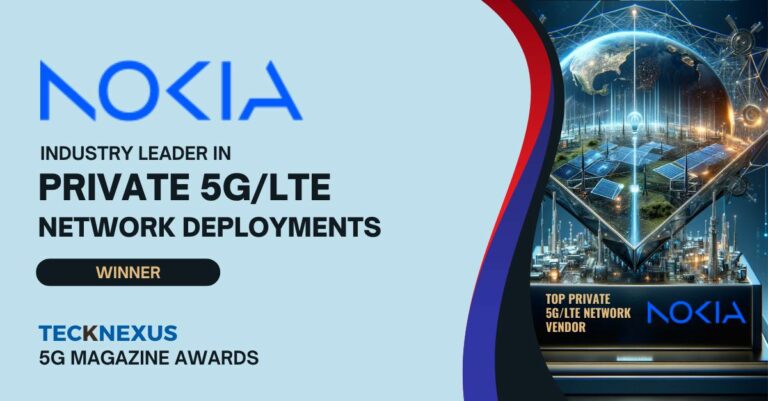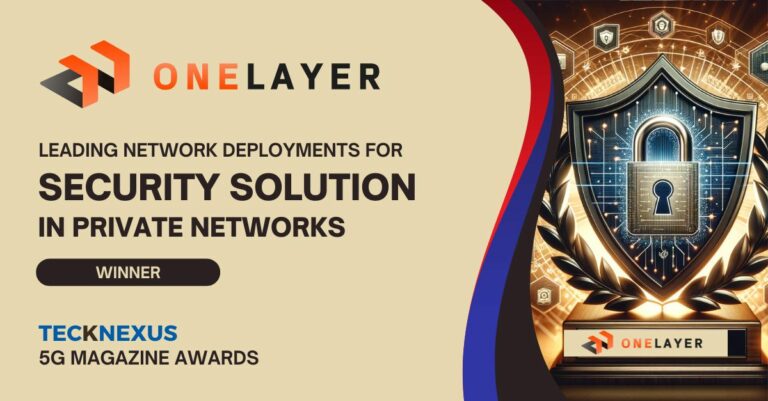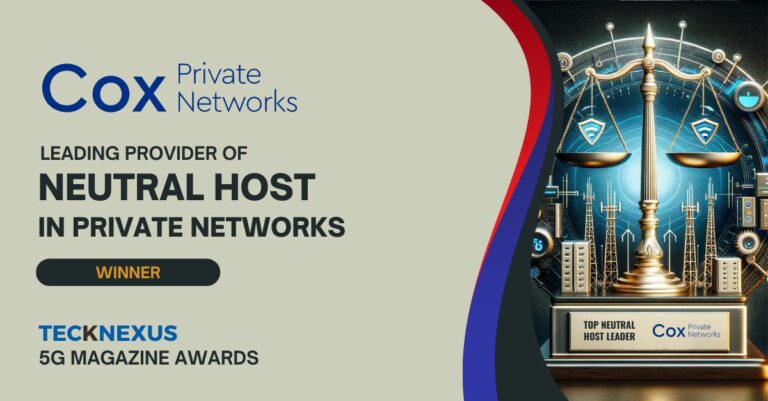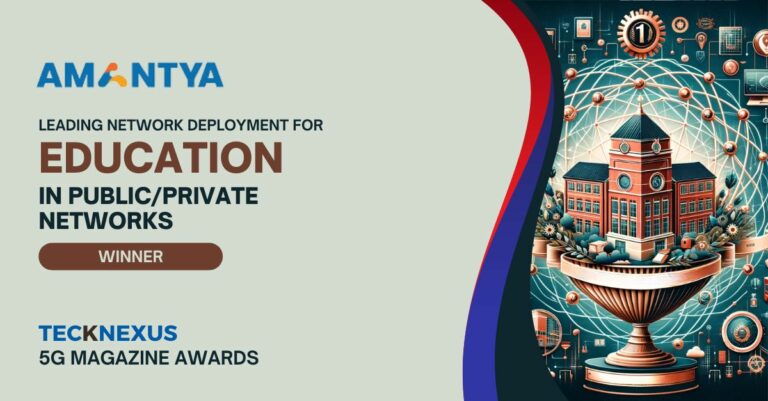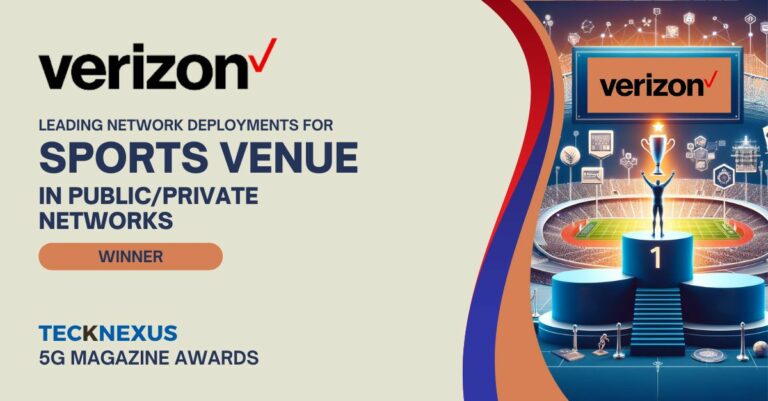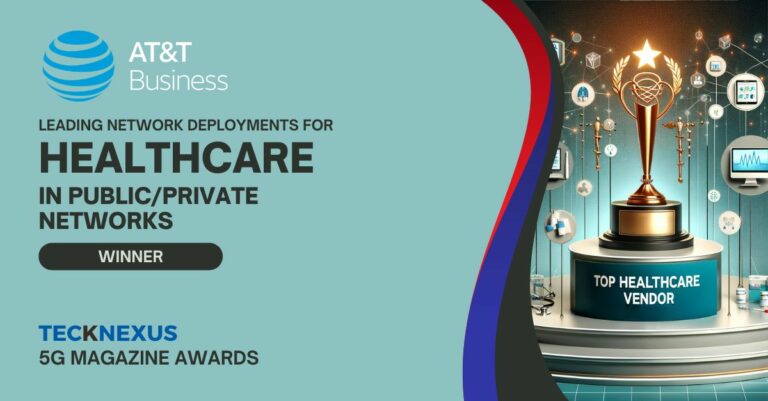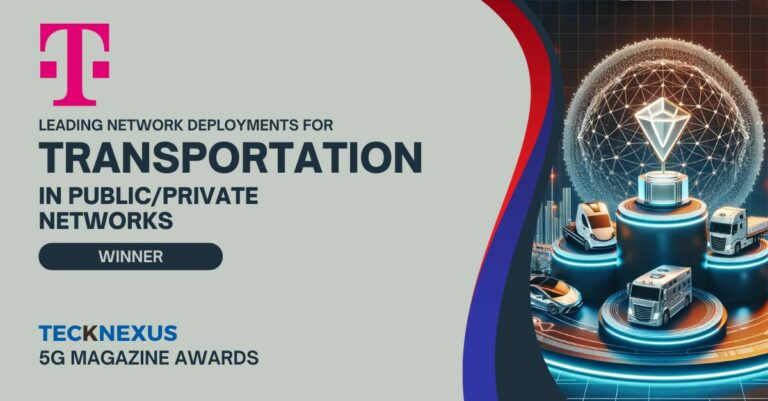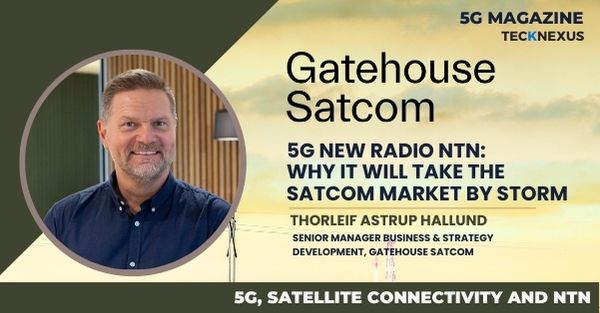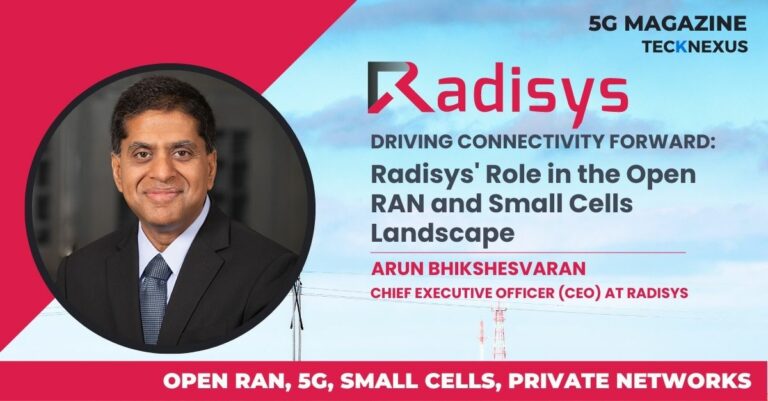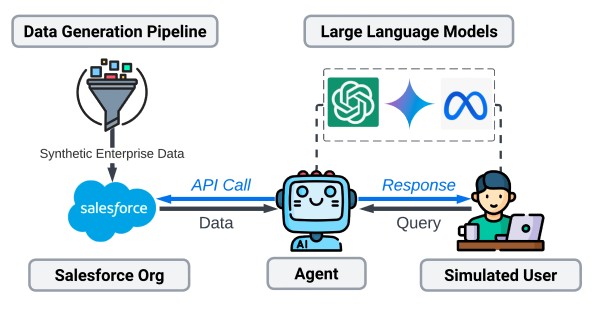Explore the evolving world of 5G: The roles of SaaS, APIs, AI, and Cloud Platforms in shaping the future of private network management. ...
Home » 5G Magazine » Open RAN | 5G Magazine July 2022 Edition » Deutsche Telekom’s industry approach to accelerate deployable open RAN solutions
Deutsche Telekom’s industry approach to accelerate deployable open RAN solutions
An interview with Petr Ledl, Vice President, Head of Network Trials and Integration Lab, Deutsche Telekom covering DT's Open RAN Journey and related topics such as Why do we need Open RAN? How do manage the RAN disaggregation complexities? What are Open RAN challenges & Learnings? Global Industry Approach for Open RAN solution adoption.
Log In or Register to Access This Article
Login
Register
Feature Your Brand in Upcoming Magazines
Showcase your expertise through a sponsored article or executive interview in TeckNexus magazines, reaching enterprise and industry decision-makers.
Related Magazine Content
Explore how eSIM impacts global connectivity, offering flexibility, security, and eco-friendly solutions for telecom. ...
Explore the pivotal role of DSPs in 5G network security, addressing the challenges and strategies for a secure digital future in this comprehensive guide. ...
Explore Top 10 Telco and Tech Podcasts for industry insights, trends, and perspectives from industry leaders. ...
Explore Celona and OneLayer's private network offerings and deployments in 5G Magazine's spotlight on Rising Stars in Private Networks. ...
Explore Nokia's leadership in private 5G/LTE networks, showcasing a global reach with over 500 enterprise customers and 1500+ mission-critical networks across industries like healthcare, manufacturing, and more. ...
Discover OneLayer's role in enhancing enterprise networks with enhanced security and efficiency for 5G/LTE, reducing cybersecurity costs by 80%. ...
Explore how Cox's MOCN Neutral Host revolutionizes indoor cellular connectivity in education and healthcare, offering robust, cost-effective solutions. ...
Discover how Cox's private networks are transforming public safety in Las Vegas, offering advanced connectivity and smart city solutions. ...
Explore how Amantya Technologies is reshaping education with private 5G networks, enhancing learning experiences & bridging digital divides. ...
Explore how Verizon's 5G solutions are enhancing sports and event venues, offering unprecedented connectivity and fan experiences. ...
Discover how Celona's private 5G networks enhanced speed and efficiency at a leading luxury car manufacturer plant. ...
Explore how AT&T is transforming healthcare with 5G technology, enhancing patient care and medical research. ...
Explore how Radisys and its industry partners are enhancing energy efficiency and sustainability in 5G networks, focusing on Open RAN solutions. ...
Discover how 5G analytics, through NWDAF, enhances telecom operations, enabling cost reduction and new revenue channels. ...
Explore how Cumucore leads the shift in factory automation with innovative 5GLAN and TSN technologies, enhancing efficiency and safety. ...
Explore how John Deere is systematically adopting private 5G networks, addressing challenges arising from rapid growth of industrial IoT and network limitations. ...
Explore how Deutsche Telekom shapes transportation with 5G - from teleoperated shuttles to automated driving and connected vehicle tech. ...
Organizations globally are tapping into the vast potential of the Operational IoT market, from transforming weather monitoring in remote mines to ensuring safe drinking water in African communities. The real game-changer is the integration of reliable, cost-effective satellite connections, predicted to rise to tens of millions by 2030. These connections ...
The emergence of 5G New Radio NTN is set to revolutionize the satellite communication market by bridging the gap between terrestrial and non-terrestrial networks. Offering improved speeds, lower latency, and enhanced reliability, 5G NR unlocks new transformative use cases from smart cities to augmented reality. With 5G NR's potential to ...
The rise of smart vehicles, projected to surpass 470 million connected cars by 2025, is rapidly transforming the transportation landscape. Enabled by IoT, these vehicles offer real-time communication with infrastructure, on-the-go diagnostics, and advanced safety features. Yet, challenges like patchy cellular network coverage persist. From facilitating autonomous driving and vehicle-to-vehicle ...
The mobile phone industry is undergoing a transformation, with emerging technology enabling direct communication between standard mobile phones and satellites. With regulatory changes, international partnerships, and new technological standards, mobile devices will soon boast enhanced satellite connectivity. Companies like SpaceX and Apple are diving deep into the race to provide ...
Discover how Radisys Corporation is shaping the future of Open RAN and 5G technologies. Embracing change and spurring innovation, Radisys is accelerating the deployment of flexible and integrated solutions, pioneering a new era in wireless communication. Learn how they are extending network coverage, deploying private 5G use cases, and championing ...
Discover how the Telecom Infra Project (TIP) is leading the Open RAN revolution by accelerating the commercial adoption of secure, high-performance network solutions. Tackling challenges in Open RAN adoption and catalyzing industry effort, TIP's project groups, badging processes, and marketplace initiatives are reshaping the future of Open RAN and 5G ...

Brand Connect
Amplify Your Brand & Boost Your Business
- Thought-Leadership Management
- Magazine Article
- Executive Interviews
- Whitepapers
- Research Reports
- Custom Research
- Blog Series
- Webinars
- Podcasts
- Advertorials
- Display Ads
- Event Partnership



